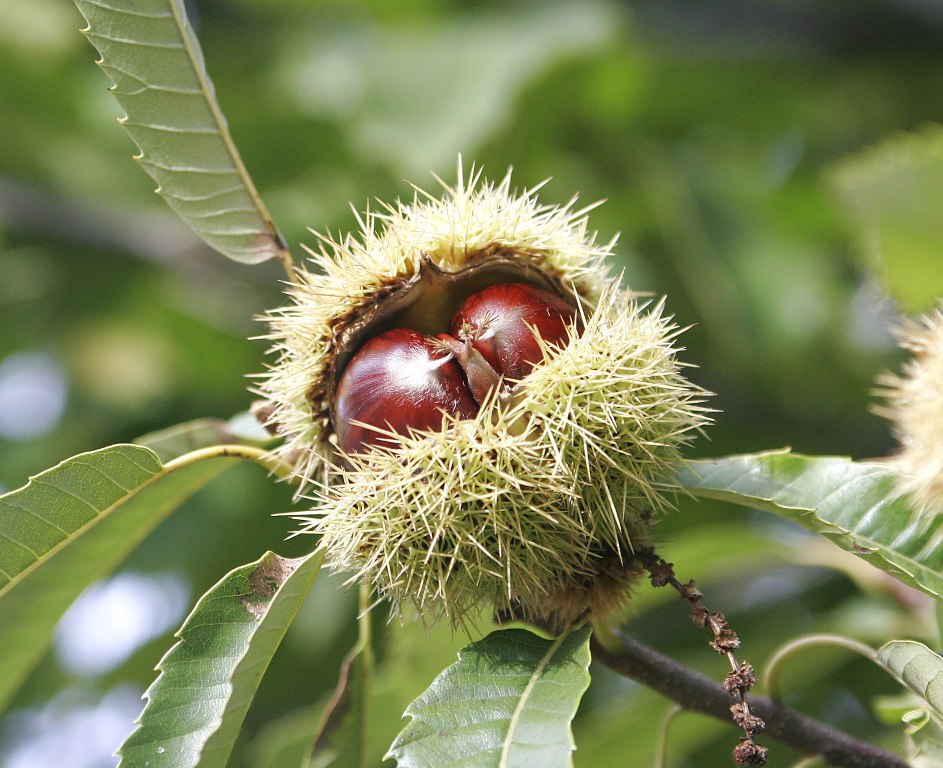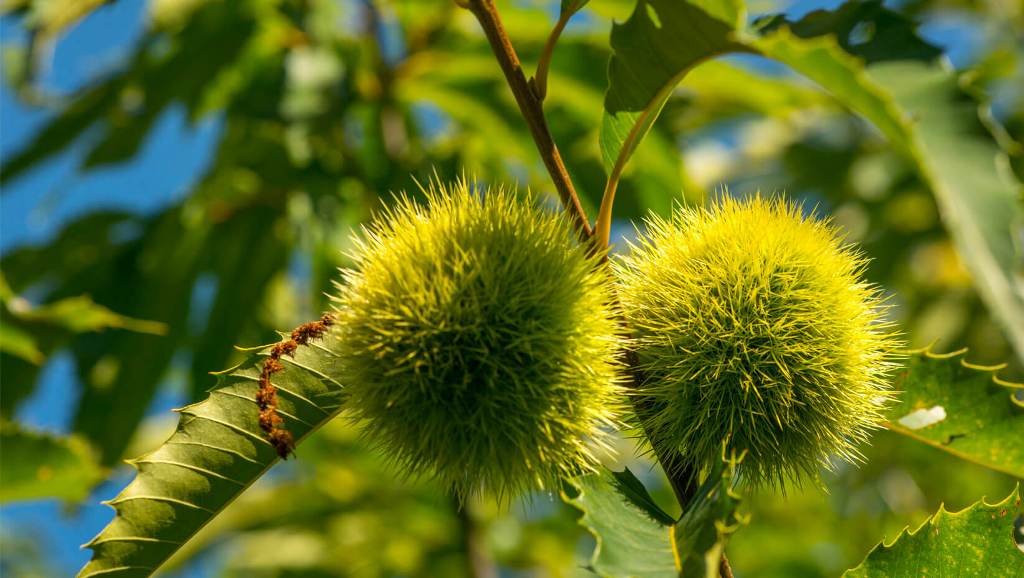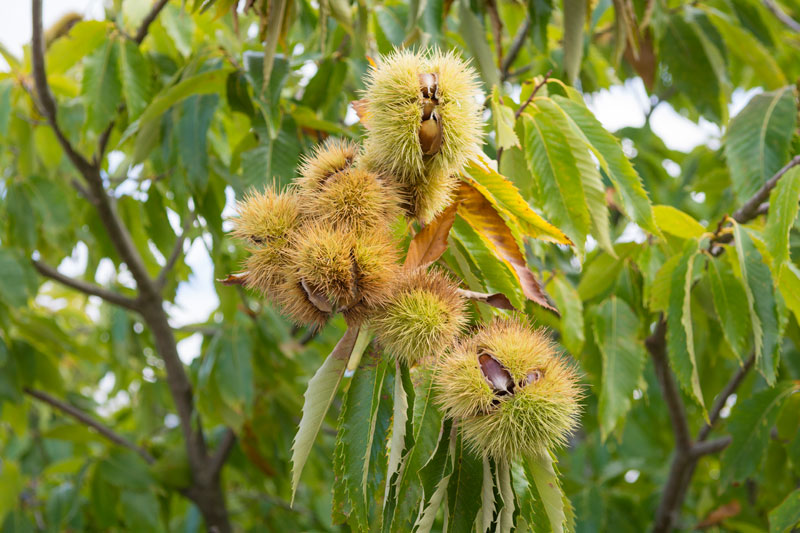How to Grow and Care for Chestnuts Tree

Chestnuts are edible nuts that are widely cultivated as an important source of food. The scientific name of the chestnut is Castanea, and they belong to the Beech family. They have been around for centuries and till date are enjoyed by the people. However, many types of chestnuts are grown according to the requirements of an individual. All chestnuts serve different purposes, and not all types are safe for consumption. The four main types of chestnuts include American Chestnut (Castanea dentata), Chinese chestnut (Castanea mollissima), European Chestnut (Castanea sativa), and Japanese chestnut (Castanea crenata).
Most chestnut trees give out a very attractive look to the garden with their brown barks, including some red and its bright-looking green leaves. The chestnut trees also bear pretty male and female flowers during the spring, which attracts beneficial insects with its sweet fragrance.
Best Conditions to Plant Chestnuts

You might have to wait a few years for the trees to start producing chestnuts, and until then, proper conditions with a suitable location should be provided to the plant to help it mature healthy. Before planting, the type of chestnut to grow should be chosen wisely. The best time to plant chestnuts is during early spring. Chestnut trees can grow to be huge, and hence an open ground is preferable to provide enough spacing. On average, chestnuts can grow about 60’ tall and 40’ wide. If the chestnuts are planted too close to each other, there are high chances that the growth of the plants will be hampered.
Light and Watering Requirements
Chestnuts should be planted in an appropriate site that would provide light according to the preference of chestnuts. Chestnuts love it when planted under the full sun. At least six to eight hours of direct sunlight should be provided. However, chestnuts can tolerate partial shade to some extent, but the quality and quantity of chestnuts will be compromised for the same. Irrigation is the best way to keep the soil moist as it eliminates various risks. It is only in the initial stages that the plants require to be watered regularly. Once the plant becomes completely established, very low maintenance is required towards it as mature chestnut trees can tolerate drought easily. Proper care ensures better quality nuts.
Preferred Soil and Recommended Feeding

Chestnuts thrive best when the plants are kept in moist, well-drained soils. Chestnuts are tolerant of almost all soils and show good growth. However, it is highly recommended to keep the plants away from wet soils or heavy clay, which will hamper its growth and also cause root rot. Chestnuts do well in sandy loams with a pH that lies in between 5-6.5. Sufficient fertilization should be provided to the chestnuts, so the growth is rapid. Fertilizers also help the plant to cover up the deficiencies of soil. In the initial stages, fertilization of the plants should be more often than when the plant matures.
Problems Related to Chestnuts
There are very few trees that are fortunate enough to be completely disease-free. This is often not the case with chestnuts. The most common diseases that are likely to affect the chestnuts include Blight, Sunscald, Leaf spots, root rot, deer browse, and twig cankers. Various pests attack the chestnuts. These pests include Asian chestnut gall wasp, Japanese beetle, periodical cicadas, ambrosia beetles, weevils, various sucking insects, gypsy moth, caterpillars. Proper care should be taken to take care of all such problems to keep the trees healthy.
Chestnut blight is a destructive disease that leaves reddish-brown patches on the bark. The chestnut blight can kill the limbs as well as the twigs. Even the leaves lose their green color and turn brown and later fall off.
There is not much difference in appearance between the two types of chestnuts. However, one evident difference is that the American chestnut is brown and does not have hair, whereas Chinese chestnuts are often gray in color and fuzzy near the tip.
Yes, chestnuts have various health benefits. It boosts the functioning of the brain and contains various vitamins that help achieve healthy-looking skin. It also helps in the production of red blood cells.





